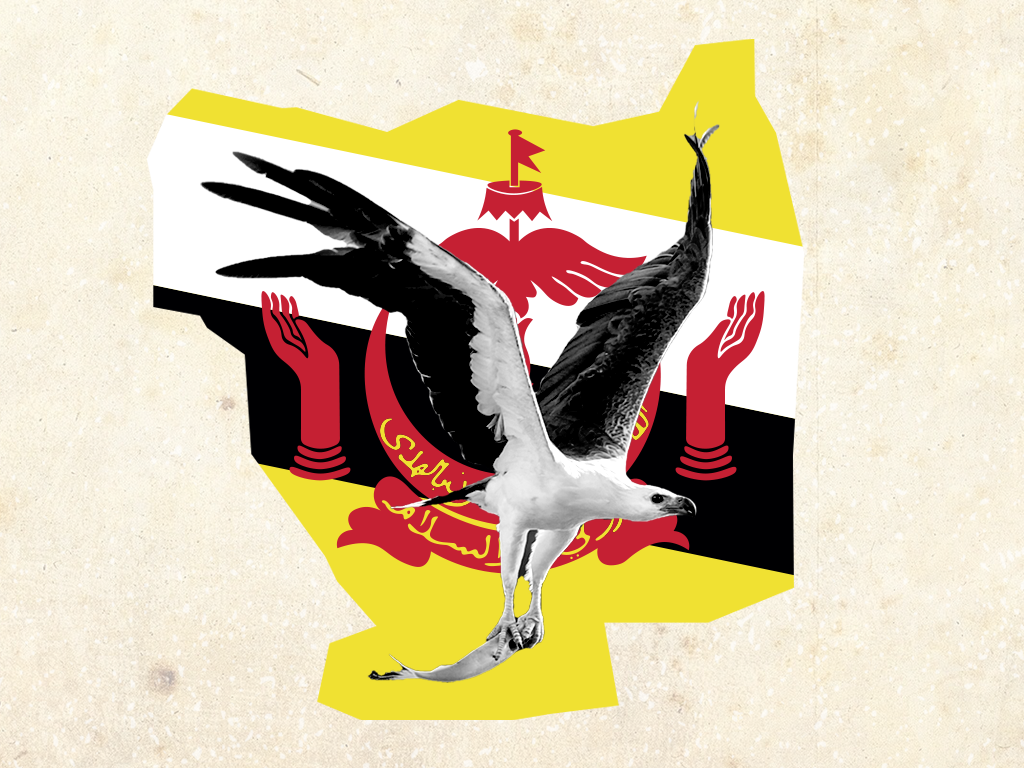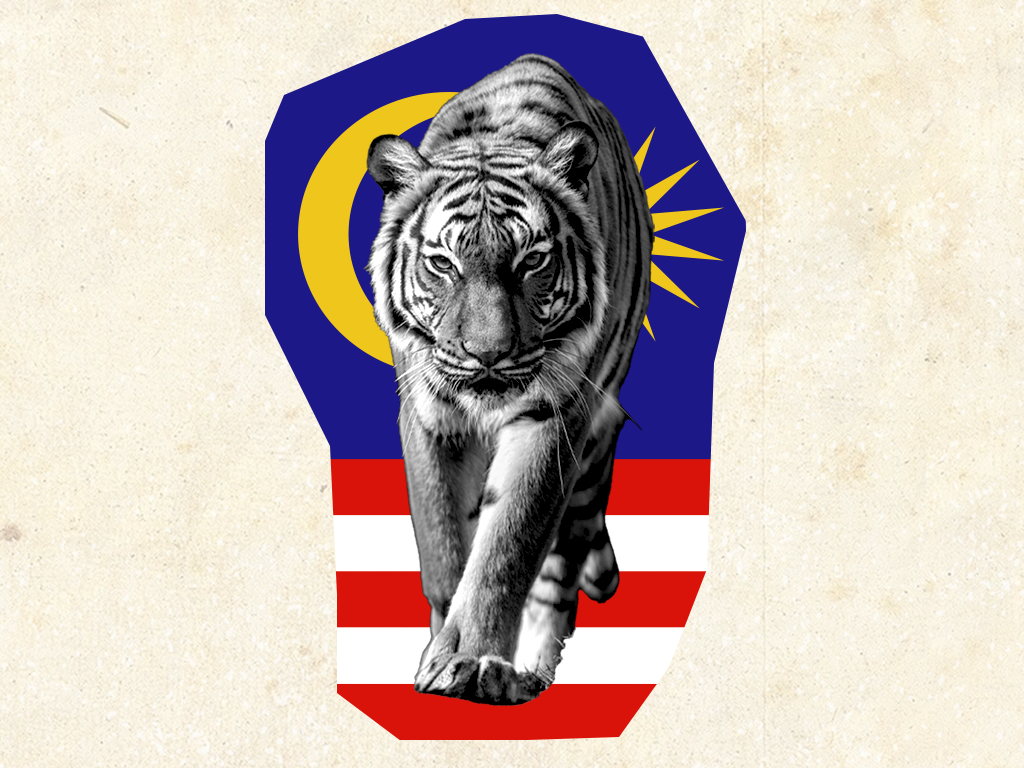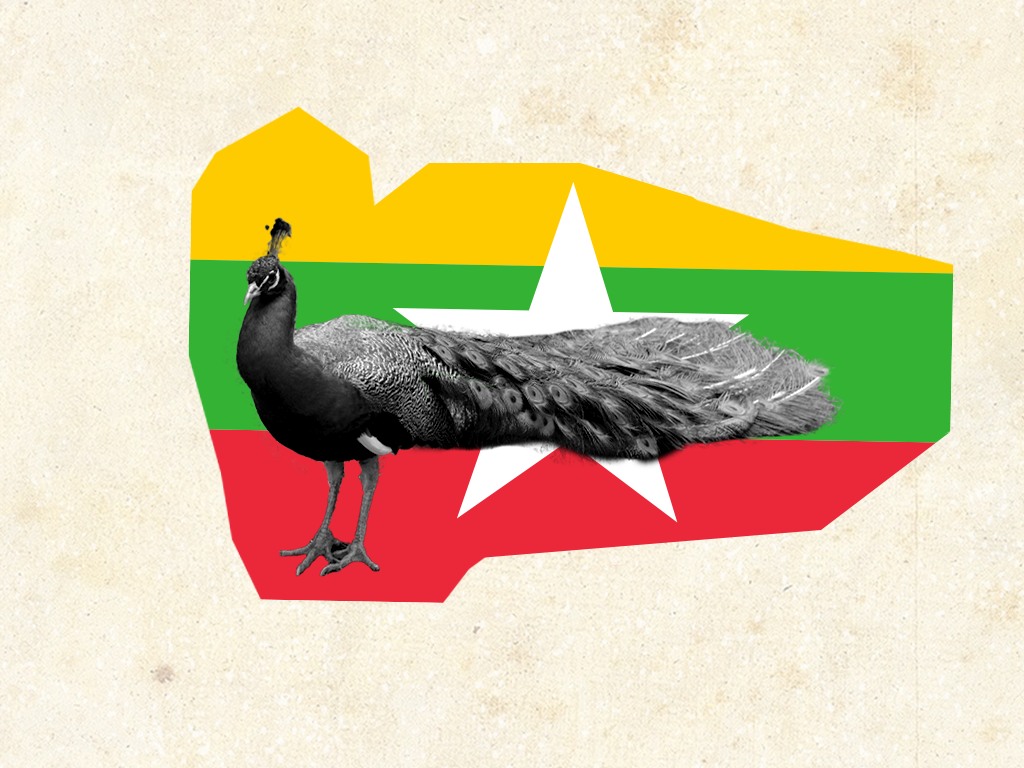Certain countries in Southeast Asia have passed laws or issued decrees officially selecting a national animal. While other nations have unofficially, but culturally, chosen symbolic wildlife. Then there are the nations still deciding on a species.
Regardless of the legality or formality behind the title, the region’s national animals often have deep ties to the cultures and communities they represent. The origin story of Timor-Leste, for example, tells of a friendship between a boy and a crocodile leading to the creation of the island.
Most of these significant species are considered threatened to different degrees on the International Union for Conservation of Nature’s Red List, which tracks and ranks threatened species on a scale from “least concern” to “extinct.”
The national animals of Southeast Asian countries are spread across the ratings: from Brunei’s white-bellied sea eagle generating the lowest level of concern to the “critically endangered” designation placed on the Malayan tiger.
Like the ratings, conservation efforts for threatened species vary dramatically. While a national park was established to protect Komodo dragon habitat in Indonesia, kouprey in Cambodia haven’t been sighted for decades and experts allude to a real possibility of extinction.
“Recovering key species for ecosystem restoration” is the 2022 theme of World Wildlife Day, which the United Nations celebrates on 3 March to align with the signatory date of the 1973 Convention on International Trade in Endangered Species of Wild Fauna and Flora, or CITES.
To mark the annual commemoration, Southeast Asia Globe journalists based around the region produced articles featuring the historic stories and modern contexts of all 11 of Southeast Asia’s official and unofficial national animals.
Globe readers can learn about an ancient misidentification resulting in Singapore being named Lion City, the exclusive U.S. military social club using a logo featuring the national animal of The Philippines and efforts to save the last elephants of Laos, once known as the ‘Land of a Million Elephants.’
For these and other articles, please use the following links to learn about some of Southeast Asia’s unique contributions to the world’s wildlife.
Brunei and the White-bellied Sea Eagle

Scholars and government ministries have long been flummoxed by the identity of Brunei’s national animal. But the internet has reached a consensus: the white-bellied sea eagle is a firm favourite contender. We look at the current popularity of the bird, its cultural significance and its ascent to the role of unofficial national beast.

A royal decree declared the kouprey Cambodia’s official national animal. But the existence of the near-mythical cattle remained in question until 2006. We chart the discovery of the critically endangered mammal and the controversy it is stirring amongst wildlife specialists.
Indonesia and the Komodo Dragon

The planet’s largest lizard species sits three spots from extinction on a scale established by the International Union of Conservation of Nature to track endangered species. And in Indonesia, plans to draw tourists to a newly-developed Komodo National Park could disturb instead of protect the animal. We look at the need for a collaborative approach to conservation and dispel some popular myths around the beast and its bite.
Thailand, Laos and the Elephant

In both Thailand and Laos, the elephant symbolises royalty. The grand animals are culturally and religiously revered but at the same time subject to mistreatment and abuse. We look behind the dwindling numbers to examine the complex relationship between humans and elephants.
Malaysia and the Malayan Tiger

‘Uncle Stripes’ is a friendly name for one Malaysia’s most famous large cats. But the Malayan tiger, a recognised independent subspecies of the tiger and Malaysia’s unofficial national animal, is more than just a charming moniker. Learn more about the threats to the striped predator, from deforestation to being hunted for medicine, and the glimmer of hope that give a glimmer of hope to conservationists.

While no declaration has made it official, the vibrant bird and its shimmering green-and-blue feathers holds a special connection to many in Myanmar, and is widely accepted as its unofficial nation animal. But the bird’s beauty also makes it vulnerable and deforestation has left it increasingly exposed to hungry dogs and curious humans.

Singapore’s very founding could be based on a case of mistaken identity. The lion sighted by a legendary prince who dubbed the territory, Singapura, ‘Lion City,’ may have been something else altogether. What exactly is unclear, but despite the fact lions have never been native to Singapore, they have helped form a global brand and national identity.
The Philippines and the Carabao

The ‘Beast of Burden’ carries a heavy load for the Philippines’ agricultural workers. The water buffalo’s traditional role is as an important ally to farmers. Despite its social and economic importance, the carabao has yet to gain official recognition as the country’s national animal, but as one expert said, “it doesn’t need to be official to be true.”

The island of Timor-Leste is said to have been founded on the back of a crocodile. These fabled origins have contributed to the reptile’s position as a feared and revered unofficial national animal of the country. We look at the growing population of Timorese crocodiles and the rise of human-crocodile conflicts.

The buffalo is a well-known image in Vietnamese culture: from literature to bronze drums and carvings. But the real-life animals are nearing extinction. Brutal buffalo fighting festivals are highlighting the cruel side of tradition, as a lack of concerted conservation efforts put the species further at risk.


